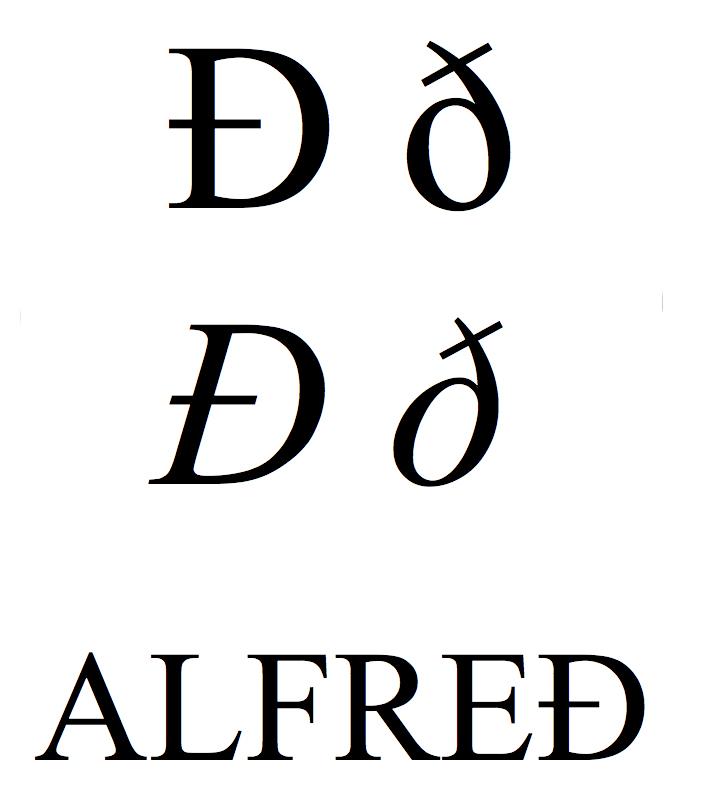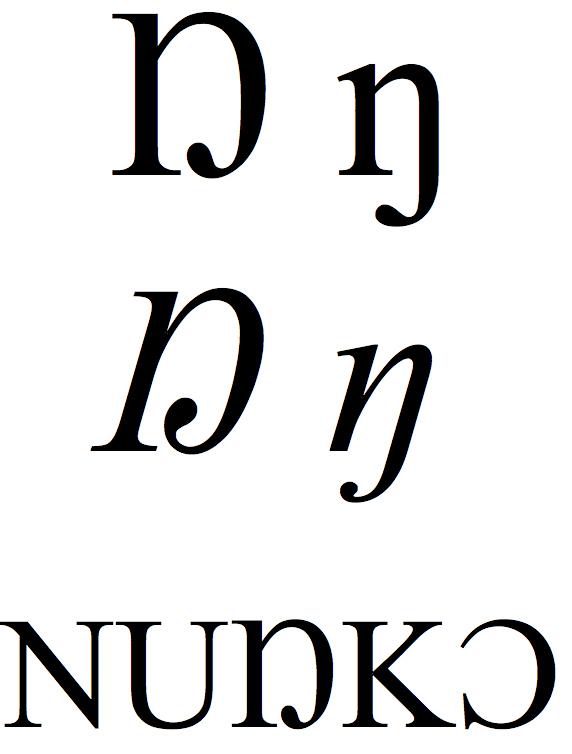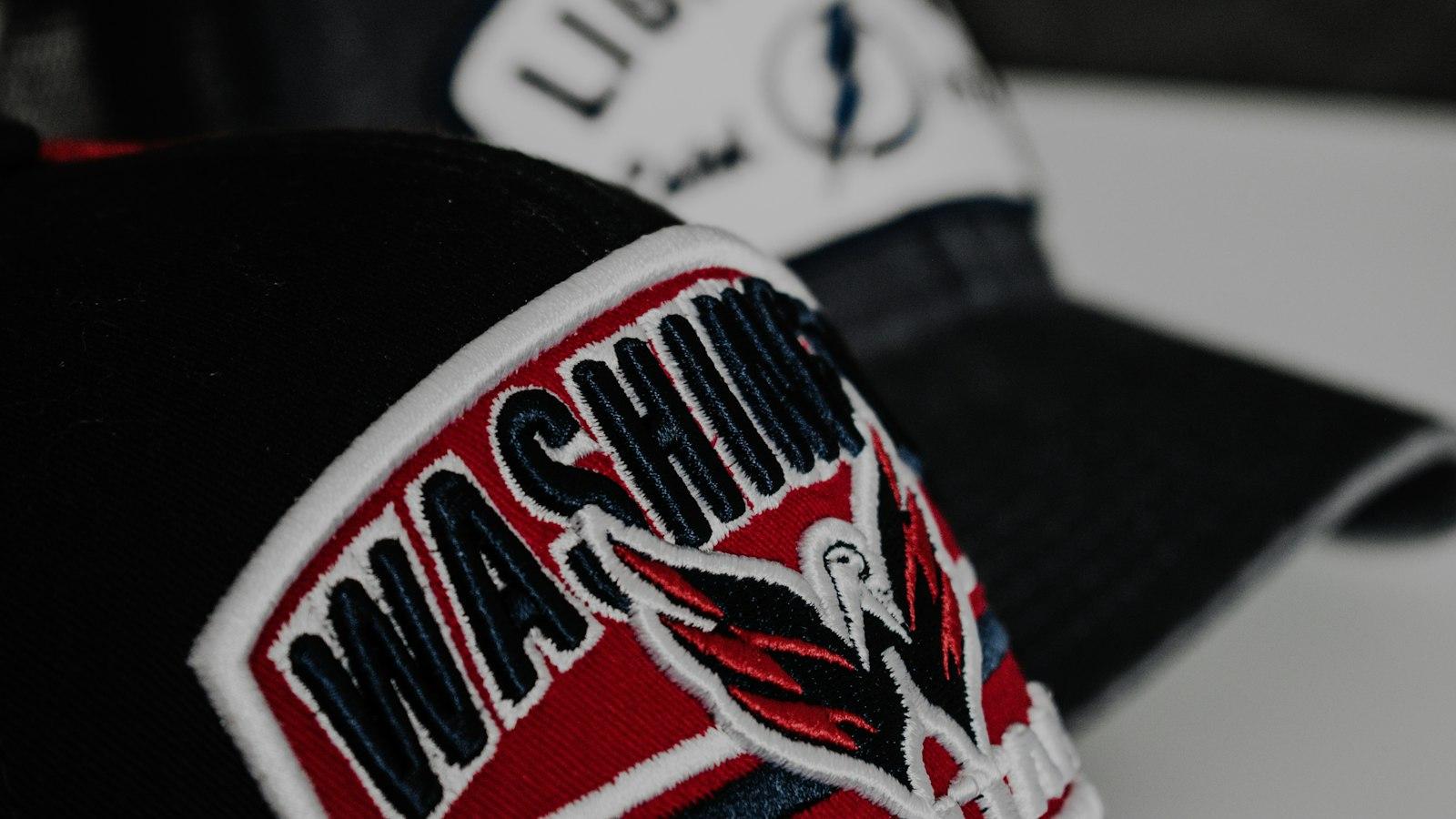
Capital letters play a fundamental role in our written language, providing clarity, emphasis, and structure to our words and sentences. From the beginning of a sentence to proper nouns and titles, the correct use of capitalization is essential for effective communication. In this article, we will explore the rules and conventions of capital letters, providing you with a comprehensive guide on how to employ them accurately in your writing. So, whether you’re a novice writer seeking clarity or a seasoned wordsmith looking for a refresher, let’s delve into the world of capitalization and discover how to master this vital aspect of English grammar.
Introduction to Capital Letters
One of the fundamental aspects of writing in English is the use of capital letters. Capital letters, also known as uppercase letters, play an essential role in conveying meaning and emphasizing certain words or phrases. Understanding when and how to use capital letters correctly can greatly enhance the clarity and professionalism of your writing. In this post, we will provide a comprehensive , explaining their different uses and providing useful tips on how to use them effectively.
1. At the beginning of a sentence: The most common use of capital letters is at the beginning of a sentence. Every sentence should start with a capital letter to indicate the beginning of a new idea or thought. This simple rule helps readers easily distinguish between separate sentences.
2. Proper nouns: Capital letters are also used to indicate proper nouns, which refer to specific people, places, organizations, or things. For example, names of people, such as John Smith or London, should always be capitalized. Similarly, names of companies, like Apple Inc., or book titles, like “Pride and Prejudice,” should be capitalized as well.
3. Titles and headings: When writing titles or headings, capital letters are often used to give importance or prominence to specific words. For instance, in the title of this post, the words “How to Use Capital Letters” are capitalized to grab the reader’s attention and highlight the main topic of discussion.
4. Abbreviations and acronyms: Capital letters are frequently used in abbreviations and acronyms to represent each word’s initial letter. Examples include NATO (North Atlantic Treaty Organization) or NASA (National Aeronautics and Space Administration). It is important to note that not all abbreviations require capitalization.
5. First-person pronoun and proper adjectives: In English writing, the first-person pronoun “I” is always capitalized, regardless of its position within a sentence. Additionally, proper adjectives derived from proper nouns, such as American or Chinese, should also be capitalized to indicate their origin or nationality. For example, “I love eating Chinese food.”
| Capital Letter Use | Example |
|---|---|
| Start of a sentence | The sun is shining. |
| Proper nouns | John lives in Los Angeles. |
| Titles and headings | Introduction to Capital Letters |
| Abbreviations and acronyms | NASA stands for National Aeronautics and Space Administration. |
| First-person pronoun and proper adjectives | I love eating Chinese food. |
In conclusion, capital letters are indispensable in English writing. By following the guidelines mentioned above, you can effectively utilize capital letters to enhance the clarity and coherence of your writing. Remember to always begin sentences with capital letters, capitalize proper nouns, use capital letters in titles or headings, employ capitalization in abbreviations and acronyms, and capitalize first-person pronouns and proper adjectives. Mastering the use of capital letters will undoubtedly elevate the quality of your written communication.

Basic Rules for Capitalizing Words
Capitalization is an essential aspect of writing as it helps convey meaning, clarity, and professionalism. Understanding the is crucial for effective communication. Whether you are writing an email, a blog post, or a formal document, following these guidelines will ensure you use capital letters correctly.
1. Capitalize the First Word in a Sentence
The first rule of capitalization is to always capitalize the first word in a sentence. It applies to any sentence, regardless of its length or complexity. This basic rule not only enhances readability but also sets a grammatically correct tone for your writing.
2. Capitalize Proper Nouns and Titles
If you want to highlight a specific person, place, or organization, capitalize the proper nouns and titles associated with them. Names of people, cities, countries, books, movies, and companies are all examples of proper nouns that should be capitalized. For instance, “Lebron James,” “London,” “United States,” “Harry Potter and the Sorcerer’s Stone,” and “Apple Inc.” are all proper nouns that require capital letters.
3. Capitalize the Pronoun “I”
When referring to oneself, always use a capital letter for the pronoun “I.” This distinguishes it from the lowercase “i,” which is a letter on its own. Whether in the middle or at the beginning of a sentence, “I” should always be capitalized.
4. Capitalize Important Words in Titles and Headings
When creating titles or headings, capitalize the most important words to catch the reader’s attention. This rule is commonly known as title case. However, smaller words such as articles, prepositions, and conjunctions (e.g., “and,” “the,” “of”) are usually not capitalized unless they are the first or last word of the title or heading.
5. Capitalize Acronyms and Initialisms
Acronyms and initialisms, which are abbreviations formed by the initial letters or parts of a group of words, are capitalized. For example, “NASA” (National Aeronautics and Space Administration) and “CEO” (Chief Executive Officer) are acronyms that require capitalization. However, note that acronyms that have become common words, such as “laser” (Light Amplification by Stimulated Emission of Radiation) or “scuba” (Self-Contained Underwater Breathing Apparatus), are not capitalized.
By following these basic rules, you will master the art of capitalization and enhance the professionalism and clarity of your writing. Remember to pay attention to the specific instances where capital letters should be used, and you will create well-crafted content that commands attention and respect.

Capitalization in Titles and Headings
In English, capitalization plays an important role in titles and headings. By understanding the proper use of capital letters, you can enhance the readability and professionalism of your written work. Here are some guidelines to help you navigate this aspect of English grammar.
When creating titles or headings, capitalize the first and last word, regardless of the part of speech. This rule applies to both formal and informal titles. For example, “The Great Gatsby” or “5 Amazing Tips to Bake the Perfect Cake”. By following this convention, your titles will look polished and well-crafted.
Aside from the first and last word, it is common to capitalize important words in titles and headings. These are typically nouns, pronouns, verbs, adjectives, and adverbs that contribute to the core meaning of the title. Articles, prepositions, and coordinating conjunctions (such as “and,” “but,” or “or”) are usually lowercase to maintain readability. For example, “The Secret Life of Bees” or “How to Prepare a Delicious Pasta Dish”.
There are a few exceptions to the general capitalization rules. Words such as “a,” “an,” and “the” are usually lowercase unless they are the first or last word of the title. Additionally, short prepositions and coordinating conjunctions with three letters or fewer should also be lowercase. For example, “Harry Potter and the Order of the Phoenix” or “To Kill a Mockingbird.”
When a title or heading includes hyphenated words, it is important to capitalize each significant word. This includes the words before and after the hyphen. For instance, “Self-Confidence: A Key to Success” or “Top-Rated Summer Destinations”. Capitalizing the hyphenated words ensures clarity and consistency throughout your titles.
Consistency is key when it comes to . Once you decide on a capitalization style, be sure to apply it consistently across all your titles and headings. This not only maintains a professional appearance but also helps build trust with your readers. You can create a style guide for your writing to ensure consistency in capitalization and other formatting choices.

When to Use Capitals in Abbreviations and Acronyms
Abbreviations and acronyms are a common part of everyday language, used to make communication more efficient and convenient. Knowing when to use capital letters in abbreviations and acronyms is crucial for maintaining clarity and professionalism in your writing. Here are some guidelines to help you navigate this punctuation conundrum:
1. Initialisms vs. Acronyms:
First things first, let’s understand the difference between initialisms and acronyms. An initialism is formed from the initial letters of a phrase or name and is pronounced letter by letter (e.g., FBI, CEO). On the other hand, an acronym is pronounced as a word and is formed from the initial letters of a phrase or name (e.g., NASA, SCUBA).
2. Proper Nouns:
One general rule is that abbreviations and acronyms that are formed from proper nouns should be written in capitals. For example, NATO (North Atlantic Treaty Organization) and UNESCO (United Nations Educational, Scientific and Cultural Organization). This helps to distinguish them as specific entities and avoids confusion with common words.
3. Titles and Heading Capitals:
If an abbreviation or acronym appears in a title or heading, the general rule is to capitalize the important words. For example, “FAQs” (Frequently Asked Questions) and ”LOL” (Laugh Out Loud). However, it is important to note that certain words such as “and,” ”or,” and “the” do not need to be capitalized unless they are the first or last word in the abbreviation or acronym.
4. Sentence Context:
When using abbreviations and acronyms within sentences, capitalization can depend on the context. If the abbreviation is a proper noun or begins a sentence, it should be capitalized. However, if it is a common noun or part of a sentence, lowercase letters are generally used. For instance, “The CEO of Apple Inc. is a visionary leader. He introduced the latest iPhone model.”
5. Consistency:
Lastly, maintaining consistency is crucial in your writing. Once you have identified the correct capitalization of an abbreviation or acronym, make sure to follow that style throughout your entire document or piece of writing. This ensures professionalism and avoids confusion for your readers.

Special Cases: Capitalization in Names and Proper Nouns
Capitalization rules can sometimes be tricky, especially when it comes to names and proper nouns. In this post, we will discuss special cases where capitalization rules differ from the usual guidelines. Mastering these rules will help you use capital letters correctly and confidently.
Brands and Companies:
When it comes to brand names or names of companies, it’s important to capitalize all the significant words. This includes nouns, adjectives, and verbs. For example, “Apple,” “Microsoft,” and ”Tesla” are all capitalized because they are brand names. However, smaller words like “and,” “the,” or “of” should not be capitalized unless they are the first word in the name.Titles and Honorifics:
Titles such as “President,” “Professor,” or “Doctor” should always be capitalized when they precede a person’s name. For example, “President Kennedy” or “Dr. Jones.” On the other hand, if the title does not come before the name, it should not be capitalized. For example, “John Kennedy, the president of the United States.”Geographical Locations and Landmarks:
When referring to specific geographical locations or landmarks, the names should always be capitalized. This includes countries, cities, states, streets, mountains, rivers, and buildings. For instance, “Mount Everest,” “Golden Gate Bridge,” or “New York City.” Even smaller locations, like a neighborhood or park, should be capitalized as well.Historical Events:
When writing about historical events, it is important to capitalize the specific event or time period. For example, “World War II” or “The Renaissance.” However, general terms related to periods of history, such as “medieval” or “renaissance,” should not be capitalized unless they are part of a proper noun.Names of Languages and Nationalities:
The names of languages and nationalities should always be capitalized. For example, “English,” “Spanish,” or “Chinese.” Similarly, names of specific ethnic or cultural groups, such as “Native American” or “French,” should also be capitalized. However, general terms like “english” or “french” (referring to the languages) should be written in lowercase.
In conclusion, while capitalization rules can seem intricate, understanding the special cases for names and proper nouns will greatly improve your writing. Remember to capitalize significant words in brand names, use capital letters for titles before names, capitalize specific geographical locations and landmarks, capitalize historical events, and always capitalize languages and nationalities. By applying these rules correctly, you will create well-structured and professional writing.
Q&A
Q: When should capital letters be used?
A: Capital letters are used to begin sentences, write proper nouns, and emphasize important words.
Q: How should capital letters be used at the beginning of a sentence?
A: In English, it’s customary to begin a sentence with a capital letter. This rule applies to all types of sentences, be it a statement, a question, or an exclamation.
Q: What are proper nouns?
A: Proper nouns are specific names of people, places, organizations, and things. They should always begin with a capital letter. For instance, names of countries (United States), cities (London), people (John Smith), and books (To Kill a Mockingbird) are all examples of proper nouns.
Q: Are there any exceptions to capitalizing proper nouns?
A: Yes, certain words that are typically capitalized can become lowercase letters when used generically. For example, ”I love to eat french fries” rather than “I love to eat French fries.”
Q: How do we use capitalization with job titles and the names of positions?
A: Job titles should be capitalized when they appear directly before a person’s name or are used as part of their official title. For example, “President John Smith” or “Professor Jane Adams.” However, if the title follows the person’s name or stands alone, it should not be capitalized, such as “John Smith, president of the company” or “Jane Adams is a professor at the university.”
Q: When should I capitalize titles of books, movies, songs, and articles?
A: The first letter of each major word in a title should be capitalized. This includes nouns, pronouns, verbs, adjectives, and adverbs. However, articles (a, an, the), coordinating conjunctions (and, but, or), and prepositions (in, on, at) should be lowercase, unless they are the first or last word.
Q: Do I need to capitalize days of the week, months, and holidays?
A: Yes, days of the week, months, and holidays should be capitalized. For example, ”I have a meeting on Monday” or “My birthday falls in December.” This also applies to religious holidays like Easter or cultural celebrations like Christmas.
Q: Should acronyms and abbreviations be capitalized?
A: Acronyms, which are pronounced as words (NASA, UNESCO), and initialisms, which are pronounced as individual letters (FBI, CEO), should always be capitalized. However, lowercase letters can be used for common abbreviations like “etc.” or “i.e.”
Q: Are there any specific rules about capitalization in titles and headings?
A: In titles and headings, it’s important to capitalize the first and last words, all nouns, pronouns, adjectives, verbs, adverbs, and subordinating conjunctions (if, because, although). However, avoid capitalizing articles (a, an, the) and coordinating conjunctions (and, but, or) unless they are the first or last word of the title.
Q: Can I use all capital letters for emphasis or in online communication?
A: While all capital letters may convey emphasis or urgency in online communication, using them excessively can be seen as shouting or rudeness. It’s more appropriate to use standard capitalization rules and employ other suitable methods for emphasis, such as italics or bold formatting. In conclusion, understanding the proper use of capital letters is essential for effective communication in any form of written text. By following the guidelines outlined in this article, you will be able to confidently capitalize words and phrases where necessary. Remember to capitalize the first letter of a sentence, proper nouns, titles, and certain abbreviations. Pay attention to context and be aware of exceptions to the rules, such as the proper use of capital letters in languages other than English or specific style guidelines for professional writing. Overall, applying correct capitalization will enhance the clarity and professionalism of your writing, making it easier for your readers to engage with and comprehend your message. Keep practicing and referring back to this guide, and you’ll soon become a master at utilizing capital letters effectively.






